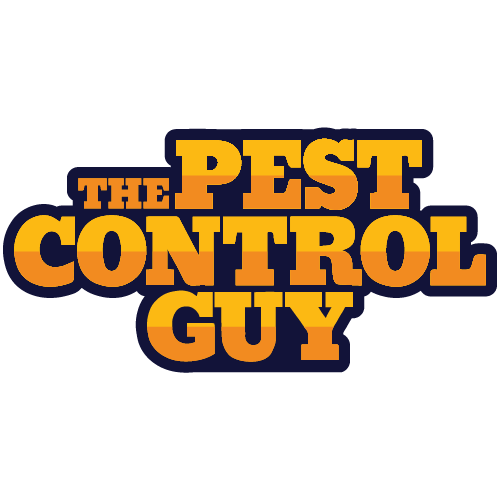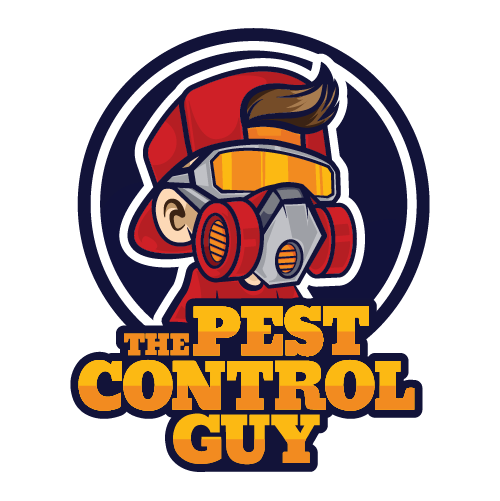Preparing Your Home for Effective Pest Control in Sydney
- Angelito Crisologo
- Sep 12, 2024
- 3 min read
When it comes to pest control, proper preparation is key to ensuring that your treatment is
effective. In Sydney, where pests can be a year-round issue, following these preparation steps will help you achieve the best results and keep your home pest-free. Here’s a comprehensive guide on what you should do before a pest control treatment.

1. Clean and Declutter
Thorough Cleaning:
Start by cleaning your home thoroughly. Vacuum carpets, rugs, and upholstery, and dust all surfaces, including hard-to-reach areas. Pay special attention to areas where pests are
commonly found, such as the kitchen, bathrooms, and under furniture.
Declutter:
Remove clutter from floors, countertops, and hidden corners. This not only helps the pest
control technician access problem areas more easily but also reduces the number of hiding spots for pests.
2. Store Food and Utensils
Seal Food:
To prevent contamination, store all food items, including pet food, in airtight containers. If possible, remove food from the treatment areas, such as the kitchen and dining rooms.
Protect Kitchenware:
Cover or store away dishes, cooking utensils, and appliances. This precaution helps ensure that no chemicals come into contact with your kitchenware.
3. Safeguard Pets
Relocate Pets:
If feasible, take pets out of the home during the treatment. This includes dogs, cats, birds, and any other animals. Pets should stay away from treated areas for the duration recommended by the pest control technician.
Fish Tanks:
Cover fish tanks with plastic and turn off any aerators to protect your aquatic pets from potential chemical exposure.
4. Prepare Specific Areas
Move Furniture:
Shift furniture away from walls and corners. This provides the pest control technician with clear access to baseboards, corners, and other potential problem areas where pests might be hiding.
Empty Cabinets:
Remove items from cabinets and drawers in high-risk areas like the kitchen and bathroom. This allows for thorough treatment and reduces the risk of chemical exposure to your
belongings.
Open Access Points:
Ensure that all areas needing treatment, including attics, basements, crawl spaces, and garages, are accessible. Remove any obstructions that might hinder the technician’s ability to reach these areas.
5. Communicate with the Technician
Disclose Allergies:
Inform the pest control technician if anyone in your household has allergies, asthma, or other respiratory conditions. This will help them take appropriate precautions to minimize any health risks.
Highlight Problem Areas:
Point out specific areas where you have noticed pest activity. This information will help the technician focus their efforts on the most affected spots.
6. Plan to Leave the Home
Vacate the Premises:
Where possible, it is ideal for you, your family, and pets to leave the home for a few hours during the pest control treatment. This minimizes exposure to chemicals and allows the treatment to work most effectively.
Ventilate After Treatment:
Once you return, ventilate your home by opening windows and doors to allow fresh air to circulate and reduce any residual chemical odors.
7. Follow Post-Treatment Instructions
Avoid Immediate Cleaning:
Refrain from mopping or cleaning treated areas for the period specified by your pest control technician. This ensures that the treatment remains effective for its intended duration.
Monitor Pest Activity:
Keep an eye on the treated areas for any remaining pest activity. If you notice any issues or if pests persist, contact your pest control company for follow-up.

By taking these preparation steps, you can help ensure that your pest control treatment is as effective as possible. Proper preparation not only maximizes the success of the treatment but also contributes to a healthier, pest-free home environment.








Comments